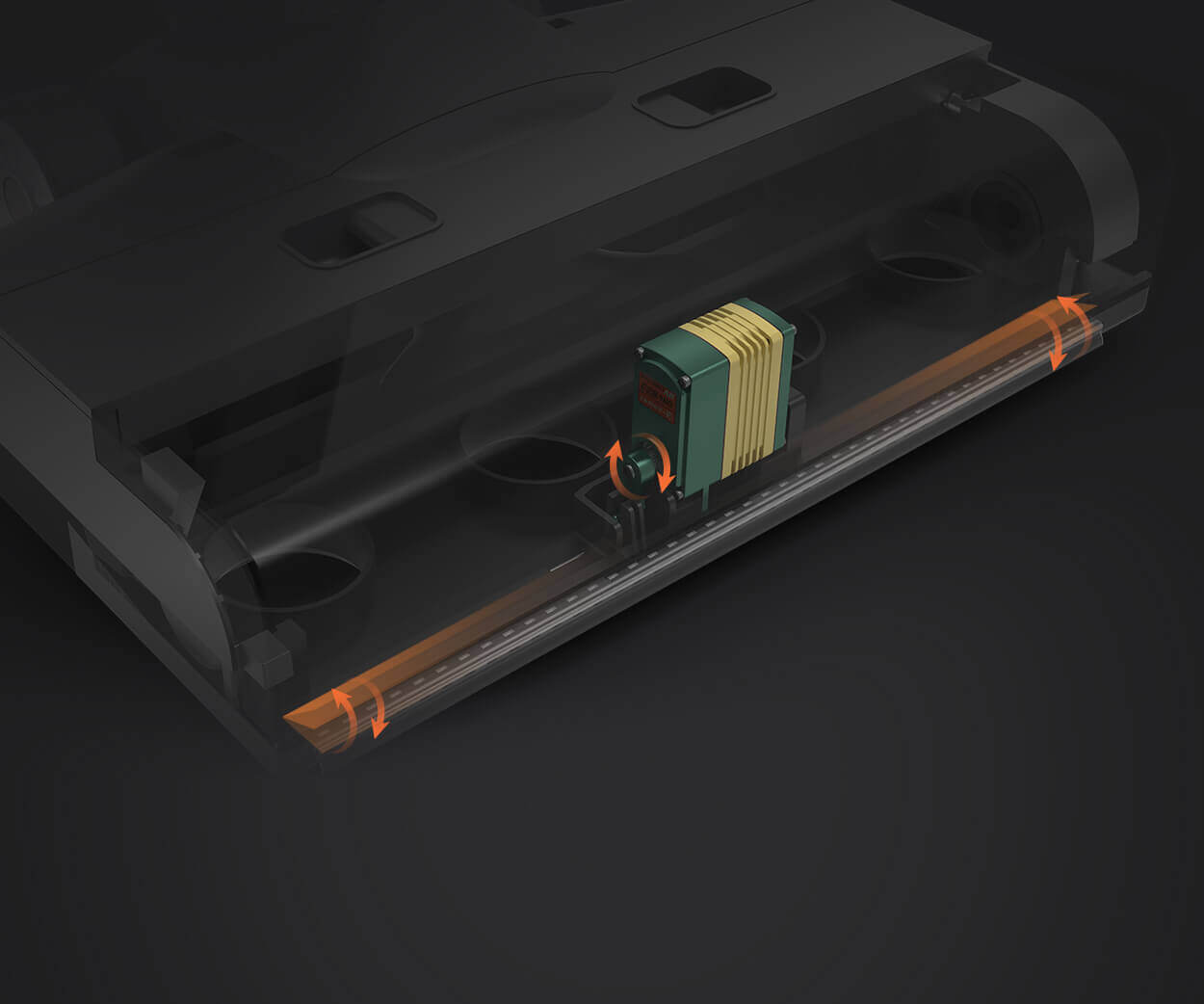Imagine this: you're sipping your morning coffee, pondering about how to make your app scale effortlessly. Ever think about how some apps just handle traffic spikes like it's nothing? That's where the magic of microservices in Azure steps in. But what exactly makes it so powerful?

Picture breaking down your big monolithic app into smaller, manageable chunks. Each microservice focuses on a specific task — say, user authentication, payment processing, or product catalog. When you deploy these tiny units on Azure, you're basically giving your app superpowers. It can grow when needed, shrink when it's quiet, and recover faster from hiccups. Sounds slick, right?
Azure has a groove for microservices. Its suite of tools like Azure Kubernetes Service (AKS) and Azure App Service makes deployment smooth. For instance, deploying a new version of a microservice doesn’t mean shutting everything down. You update, test, and roll out without downtime. Imagine your app runs full throttle during prime time, then quietly scales back at dawn. That kind of flexibility keeps users happy and costs in check.
You might wonder, “Is this setup complicated?” Honestly, starting small is straightforward. Azure’s platform handles a lot of the heavy lifting—auto-scaling, load balancing, health monitoring. It’s like having a personal coach for your app, constantly tuning performance. And as your user base grows, you add more microservices seamlessly. No chaos, no panic.
Plus, microservices in Azure can be part of a broader strategy. Maybe you want to experiment with new features or switch parts of your app to new tech stacks without disrupting everything. You can deploy these micro-components independently, giving you agility your old monolith could only dream of.
And yes, the cloud's elasticity means you only pay for what you use. When traffic dips, your costs dip too. During busy hours, Azure automatically amps up resources, ensuring a smooth experience for end-users. That dynamic scaling is the backbone of modern apps that seem to anticipate user needs.
Thinking about resilience? Microservices automatically isolate failures. If one part hits a snag, it doesn’t bring down the entire system. Think of it like a street with many routes — if one road closes, traffic still flows smoothly through alternate paths. That level of fault tolerance keeps services up and running, even when something goes sideways.
So, what's the catch? Well, microservices need a bit more planning upfront. Proper architecture matters. But with Azure’s rich toolbox, setting up a robust microservice architecture seems less like rocket science and more like a clever puzzle. The payoff is worth it—scale, speed, flexibility, and resilience. It’s not just tech talk; it’s the way modern apps thrive.
In the end, it’s about knowing your platform can do more than just handle today’s workload—it’s ready for whatever tomorrow throws at it. And that’s the beauty of deploying microservices in Azure.
Established in 2005, Kpower has been dedicated to a professional compact motion unit manufacturer, headquartered in Dongguan, Guangdong Province, China. Leveraging innovations in modular drive technology, Kpower integrates high-performance motors, precision reducers, and multi-protocol control systems to provide efficient and customized smart drive system solutions. Kpower has delivered professional drive system solutions to over 500 enterprise clients globally with products covering various fields such as Smart Home Systems, Automatic Electronics, Robotics, Precision Agriculture, Drones, and Industrial Automation.




































